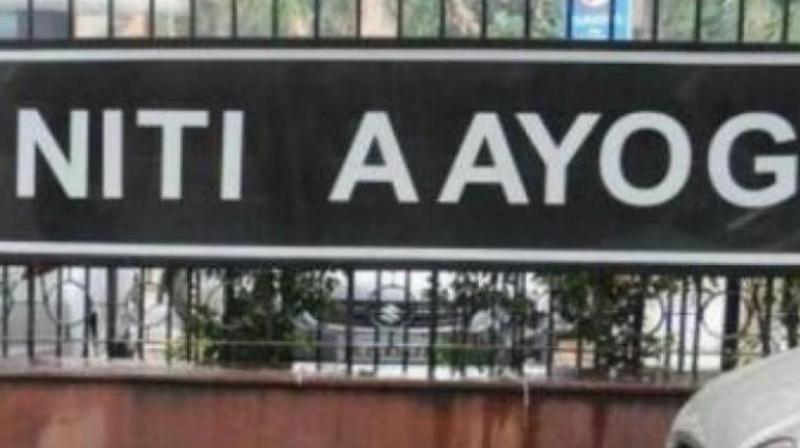Minerals paucity can hit Made in India' dream

Critical minerals can play an important role in the success of ‘Make in India’ programme and for the sustainable growth of the economy. The latest wonderful gadgets, including smart phones, flat screen televisions, cars and a variety of other products are made out of materials such as Tin, Cobalt, Lithium, Germanium, Gallium, Indium, Niobium, Beryllium, Tantalum, Tungsten, Bismuth, Selenium, etc.
The elements defined as strategic minerals or metals by Niti Aayog have limited reserves in our country and fall under the deficit category. For instance, at current levels of extraction, Indium supplies would be able to cater to current levels of demand only for 14 years, according to a report by Council on Energy, Environment and Water (CEEW).
The demand for Indium and gallium could easily become as large as 500 times the current domestic consumption. In the case of Indium, its known resources could deplete within 20 years.
As per Indian Minerals Yearbook 2017, Cellular telephone applications accounted for approximately 53 per cent of total Gallium Arsenide device revenue and wireless communications accounted for 27 per cent. As per CEEW analysis, Indium, gallium, rare earth elements, platinum group of metals, and tantalum are contributors to the growth of the electronics manufacturing sector.
Even though India is 100% import dependent on Lithium, even supply risk is marginally above the threshold. The moment demand in battery space, especially for electric vehicles, will get realised, it will be highly critical. India is at a moderate supply risk of Silicon owing to difficulty in substitution and low recycling potential from the end of life products.
Hindalco Industries Ltd, at Renukoot, Uttar Pradesh and National Aluminum Co. Ltd at Damanjodi Alumina Refinery, Odisha, had recovered Gallium in the past. Selenium and tellurium metals were being recovered as allied products at Ghatsila Copper Smelter of HCL in Jharkhand.
Hindalco Industries Ltd. reported 73,870 kg production of selenium from imported copper concentrates at its Dahej Smelter in Gujarat during 2010-11.
While India has these minerals protected within the large reserves of zinc and aluminum ores, the nation does not have enough technical capacity to enable production by extracting them.
Consequently, these strategic minerals are often imported, ultimately assuming greater importance from the point of view of raw material security for industrial development.

